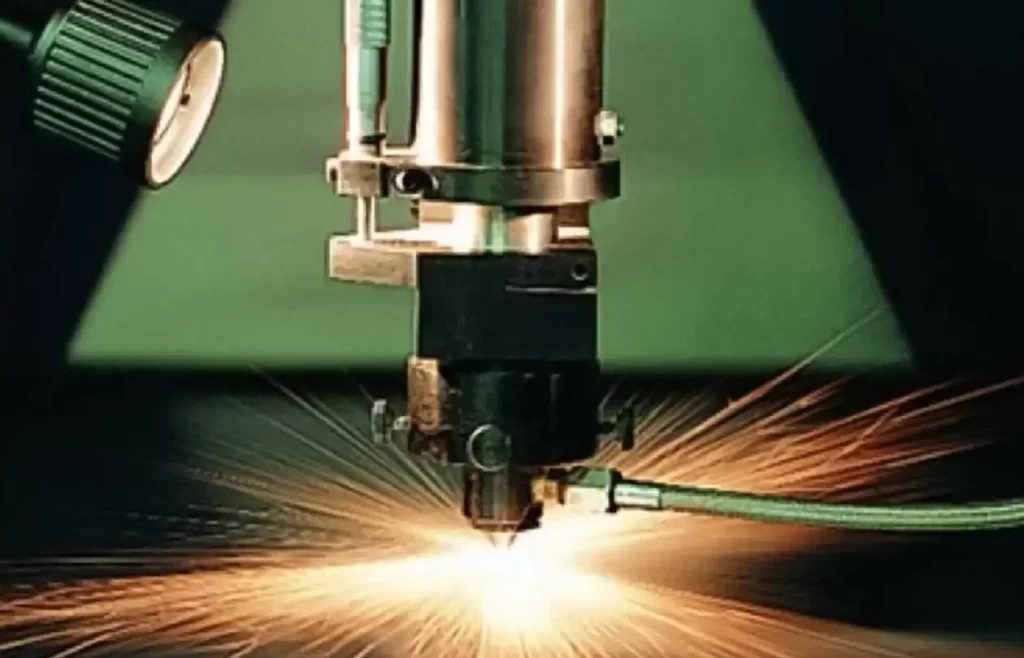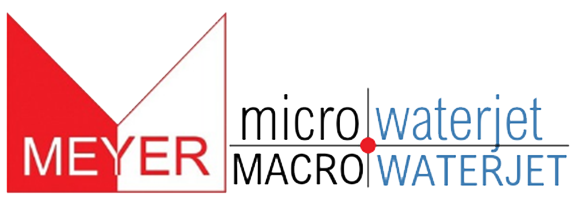
Waterjet Cutting vs. Laser Cutting
Cutting flat materials into geometric parts using CNC equipment has been a standard process for many years. More recently, deciding which process is best has become more challenging. Although both laser cutting and abrasive waterjet cutting have proven to be accurate solutions, each process has its own strengths and weaknesses.
Advantages of Laser Cutting
Fast Cutting
Laser cutting is capable of cutting flat materials at a rapid rate. There is no other cutting method that competes with lasers regarding cutting speed.
Accurate Beam Positioning
CNC laser cutting systems can be extremely accurate, depending on the positioning and measuring systems used in the equipment. There are various types of beams that are used. Each one has a specific range of capabilities related to materials and thicknesses.
Kerf Width
The kerf width of laser cutting systems averages 0.3mm. This is about half of the standard kerf width of conventional abrasive waterjet.
No Wear On The Beam
The beam diameter of a laser never changes. This allows the cutting accuracy to remain constant for many hours of cutting without any offset adjustments.
Disadvantages of Laser Cutting
Some Materials Are Incompatible
Laser cutting is only compatible with a select number of materials, such as metals, wood, acrylic and some plastics. As a rule, red metals like copper and brass, as well as hard alloys cannot be effectively laser cut.
Stacking Material is Impractical
Since there is a specific focal point in the cutting beam, stacking materials to gain throughput is not an option when using lasers.
Leaves Heat Affected Zone in Material
Laser cutting is a thermal cutting process. This results in a heat affected zone that can change the molecular structure of the parent material. In some cases, this cannot be removed using post-processing.
Leaves Recast Layer on Material
Depending on the material being cut, the thermal process will leave a recast layer of material on the cut edge, oftentimes requiring post-processing to remove this layer.
How the Microwaterjet® Excels Over Laser-Cutting
The Microwaterjet® process offers these advantages that make it the better choice for your product over laser cutting:
No Heat-Affected Zones
Since the Microwaterjet® uses a mechanical means of material removal, there is not enough heat generated to affect the material along the cut edge. Little to no post processing is required in this case.
Can Cut Nearly Any Materials
Due to the mechanical means of cutting, the Microwaterjet® process can cut a wide range of materials including high-tech alloys, noble metals and developmental compounds.
Which Cutting Solution Is Right For You?
Ready to learn more about what the Microwaterjet® process has to offer? Contact Meyer Tool Huntersville today so we can help you find a cutting solution that can meet your product requirements.
